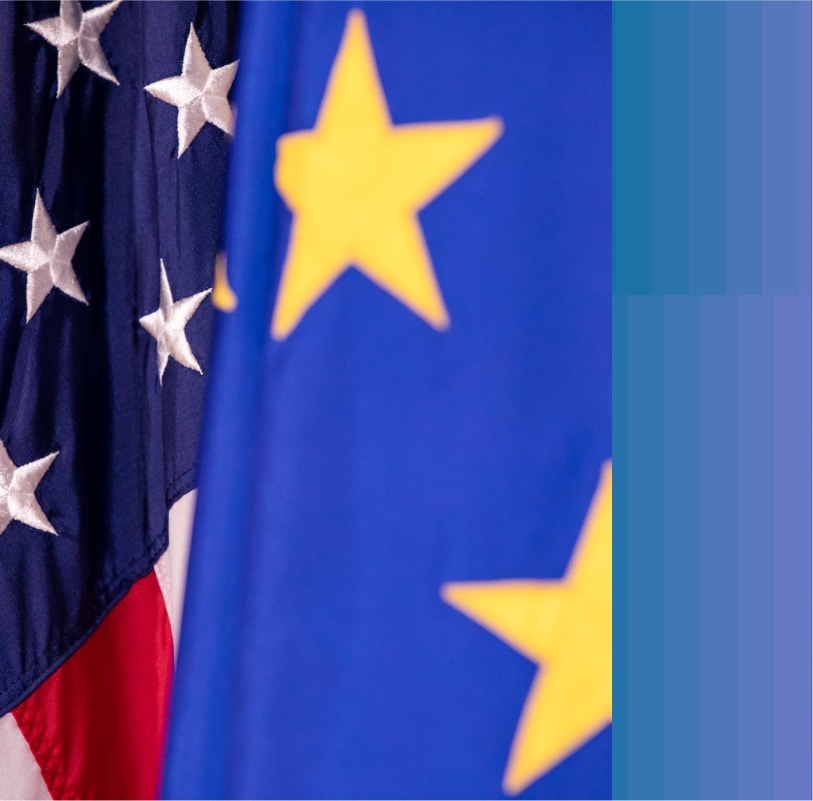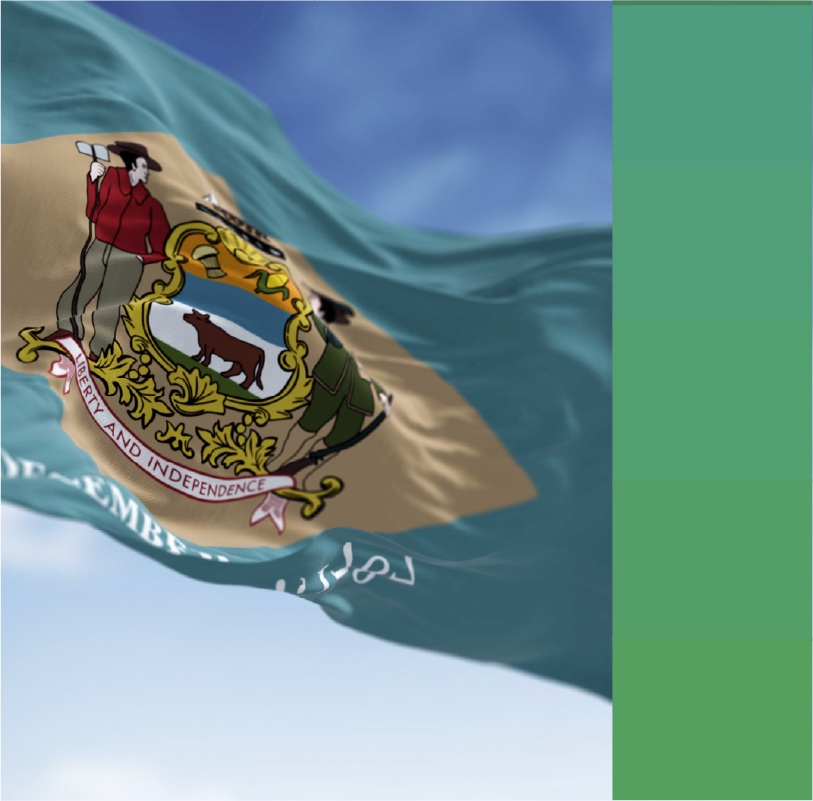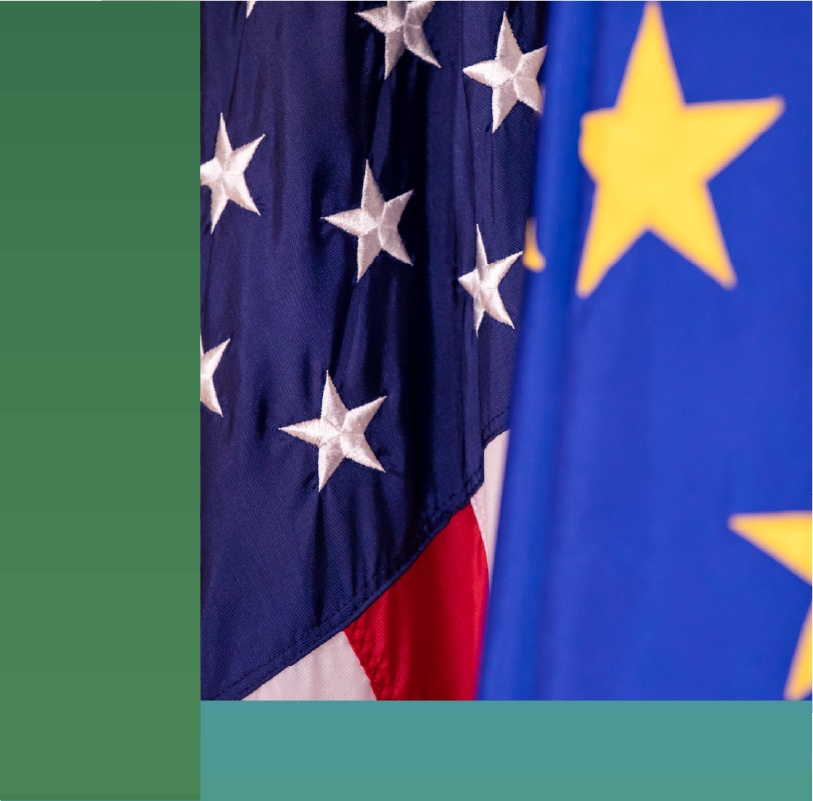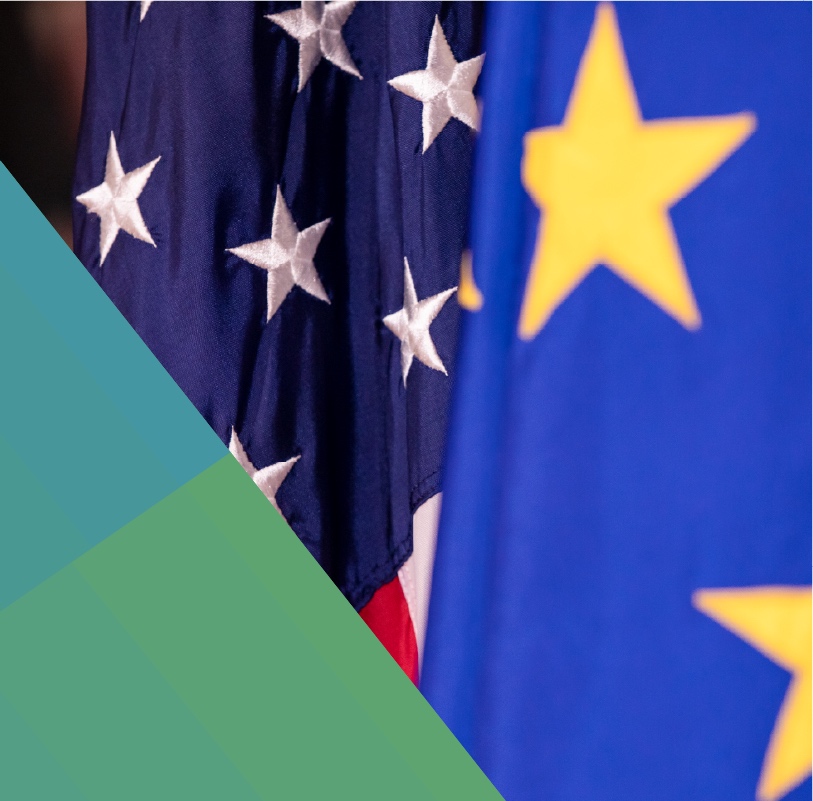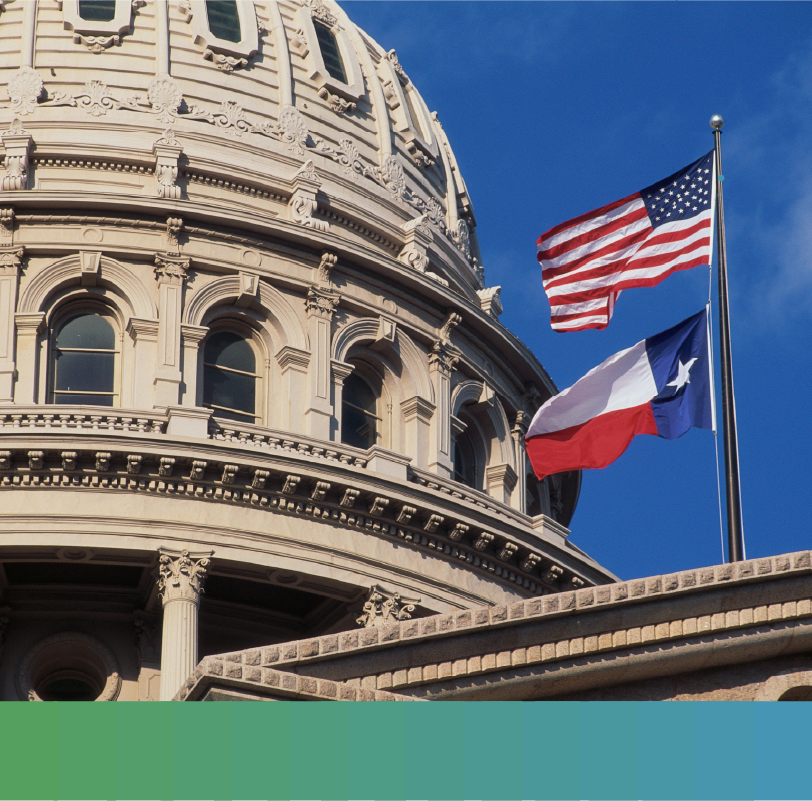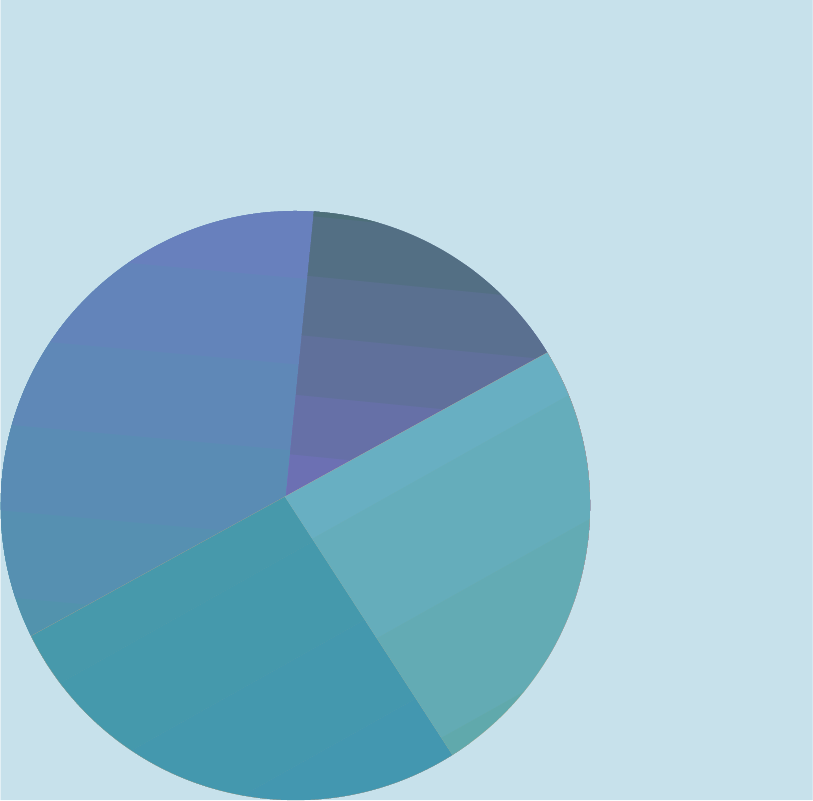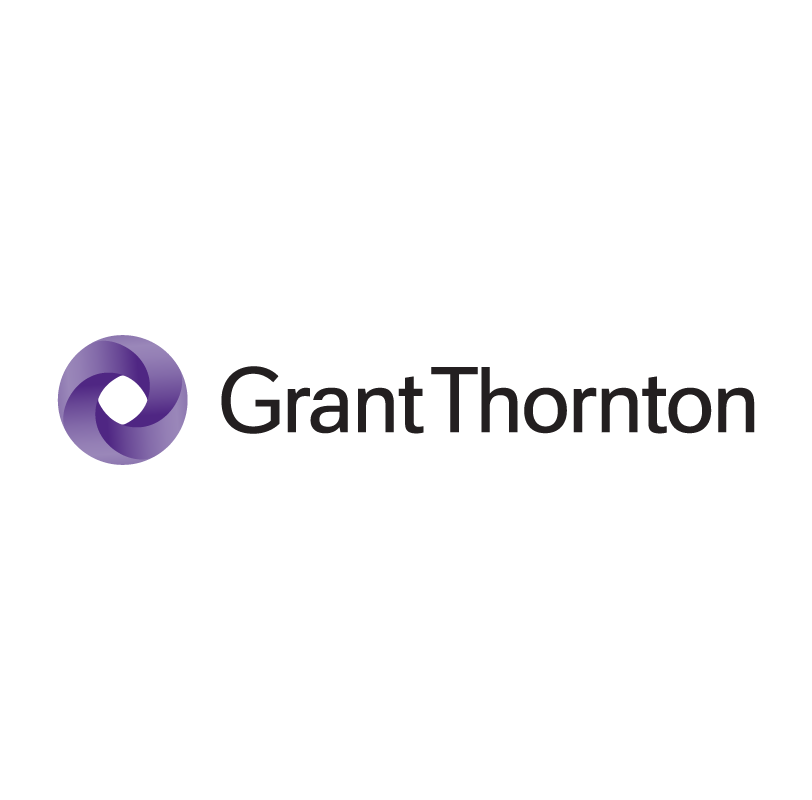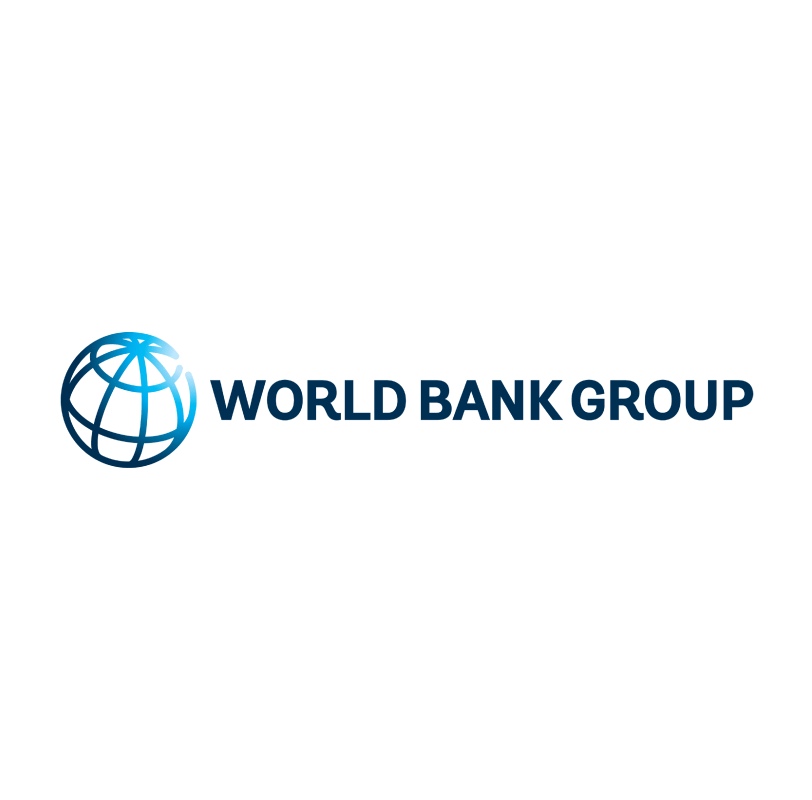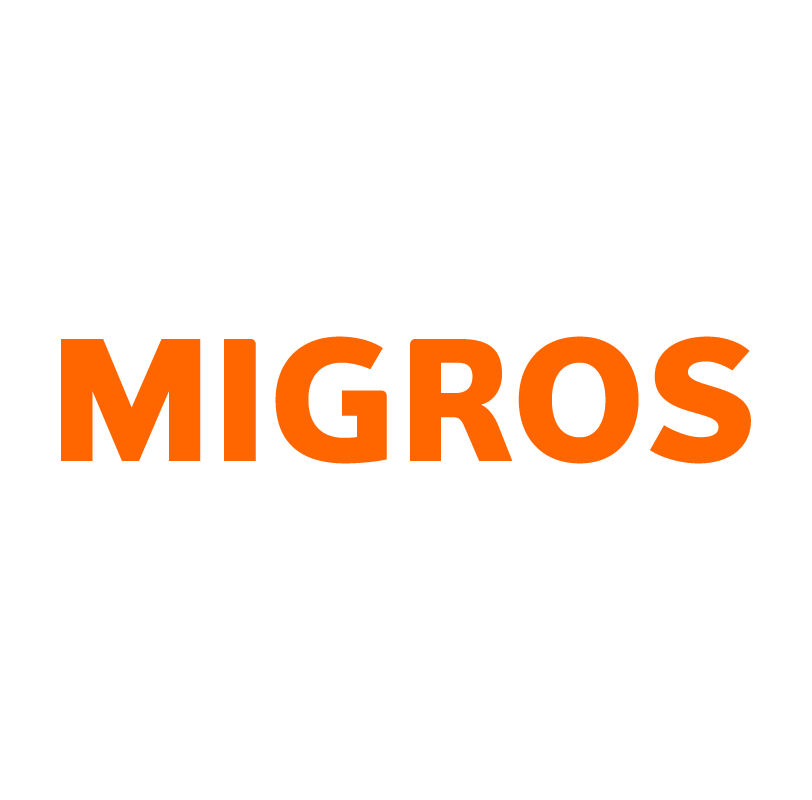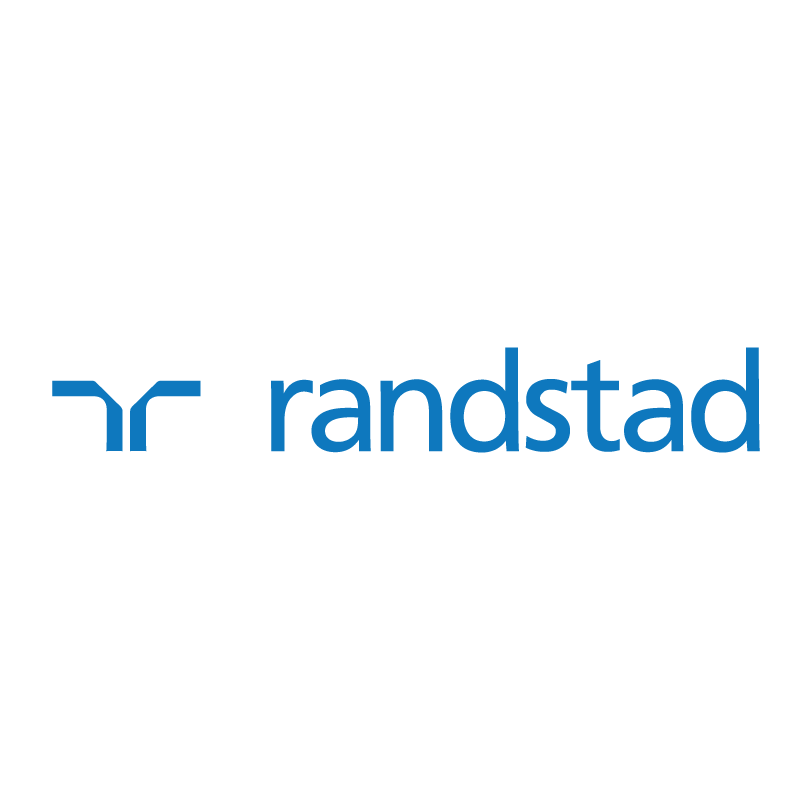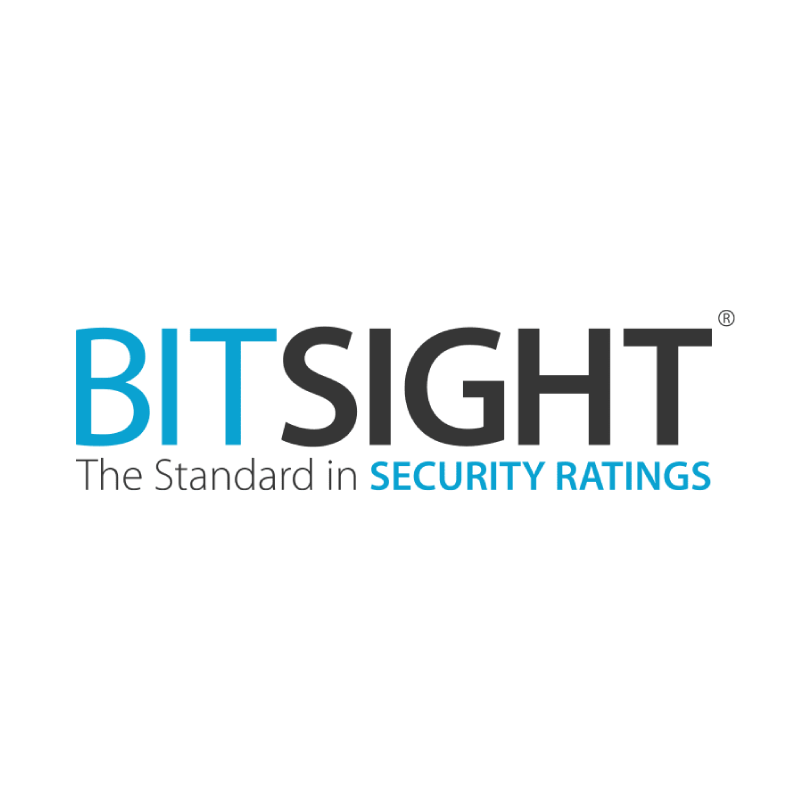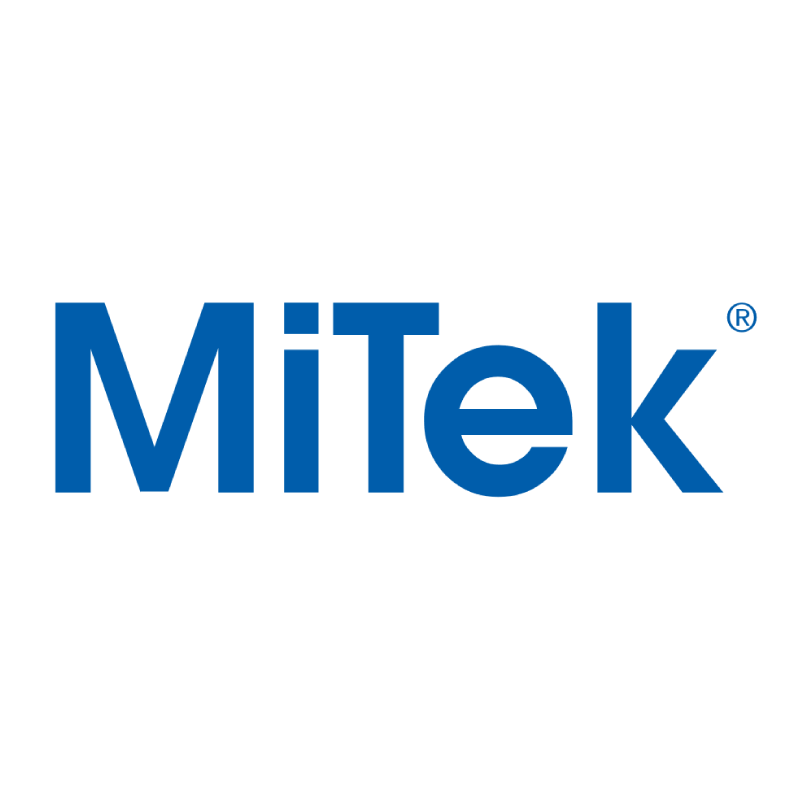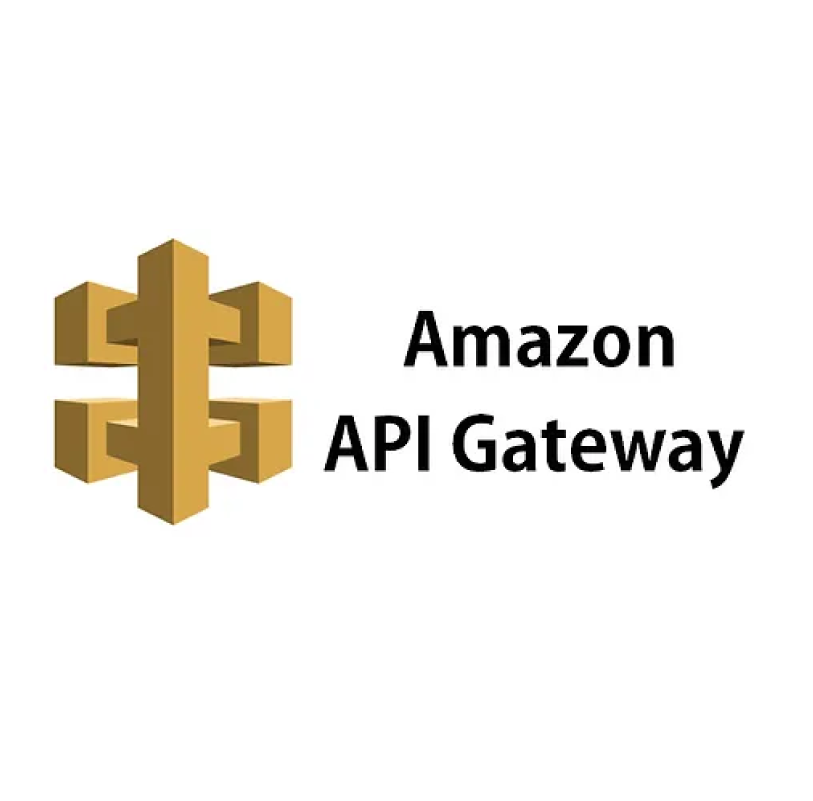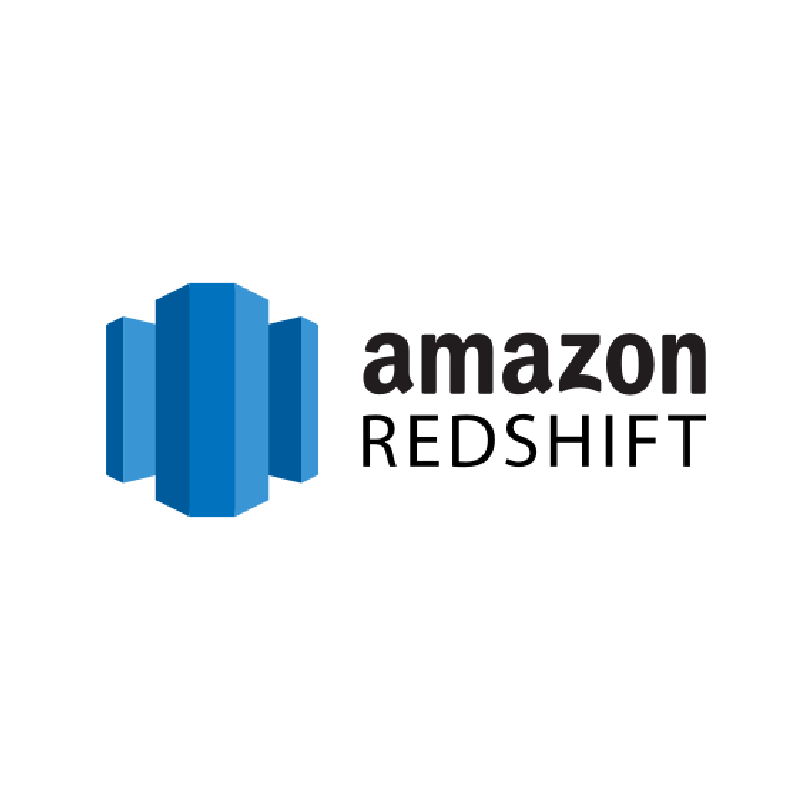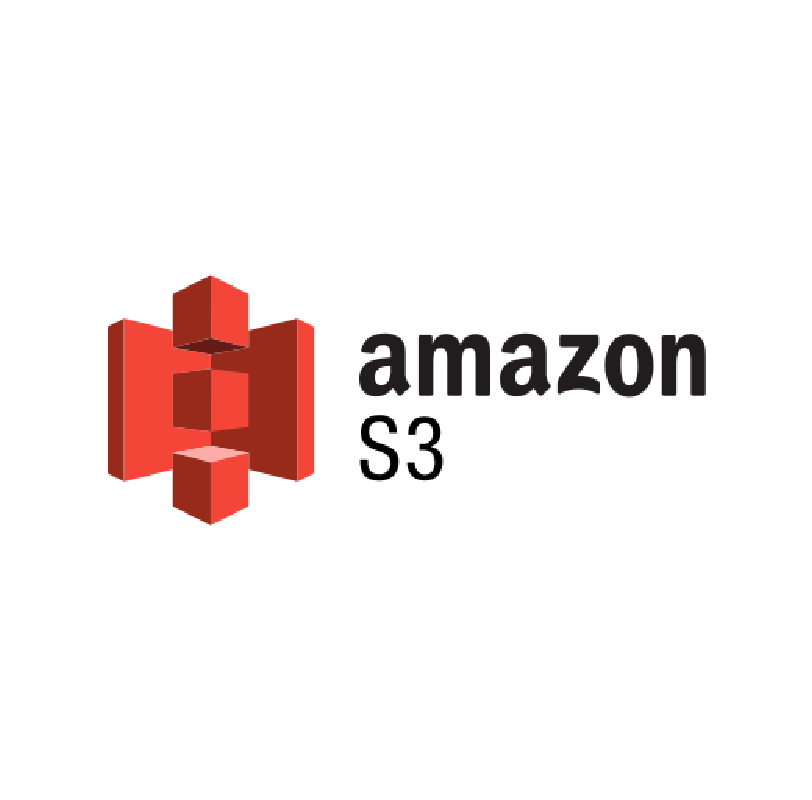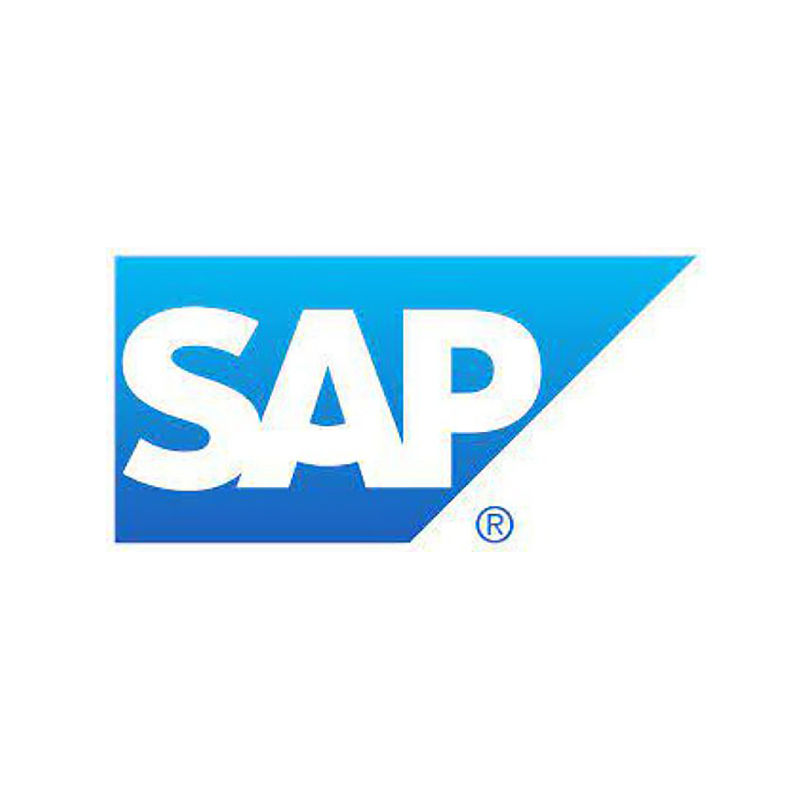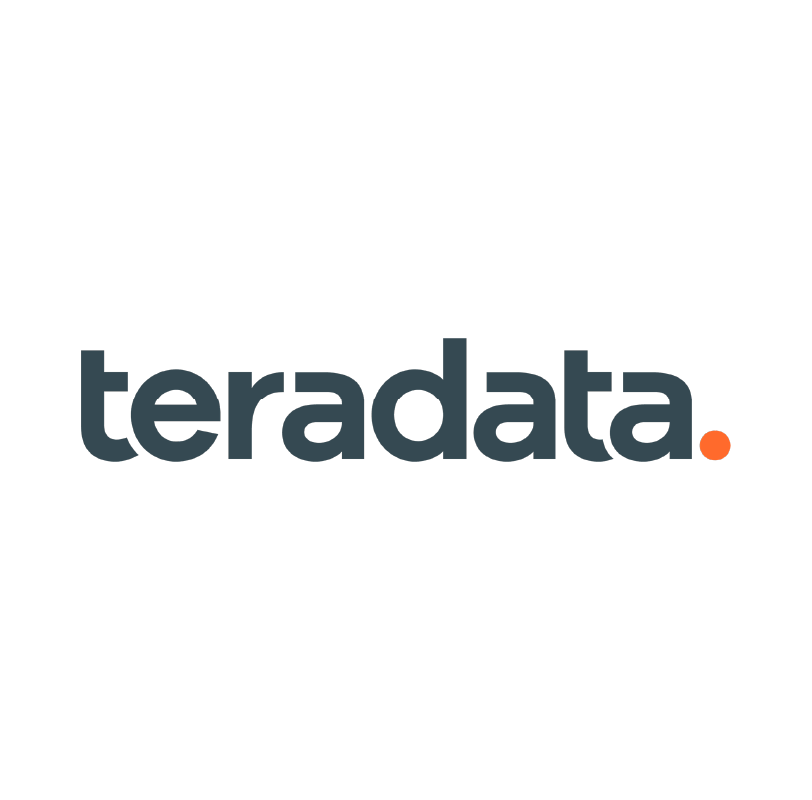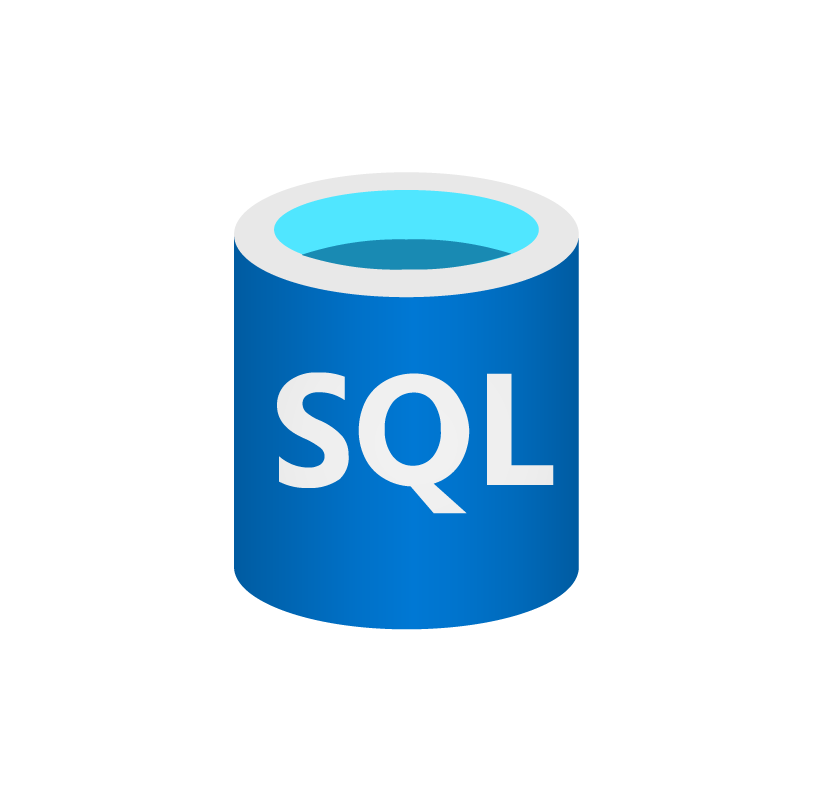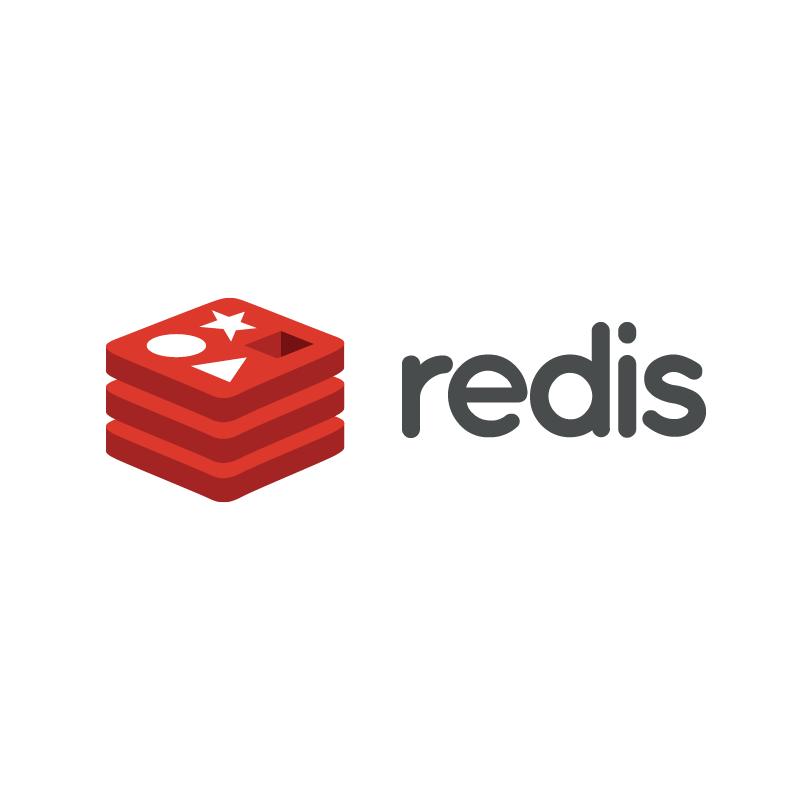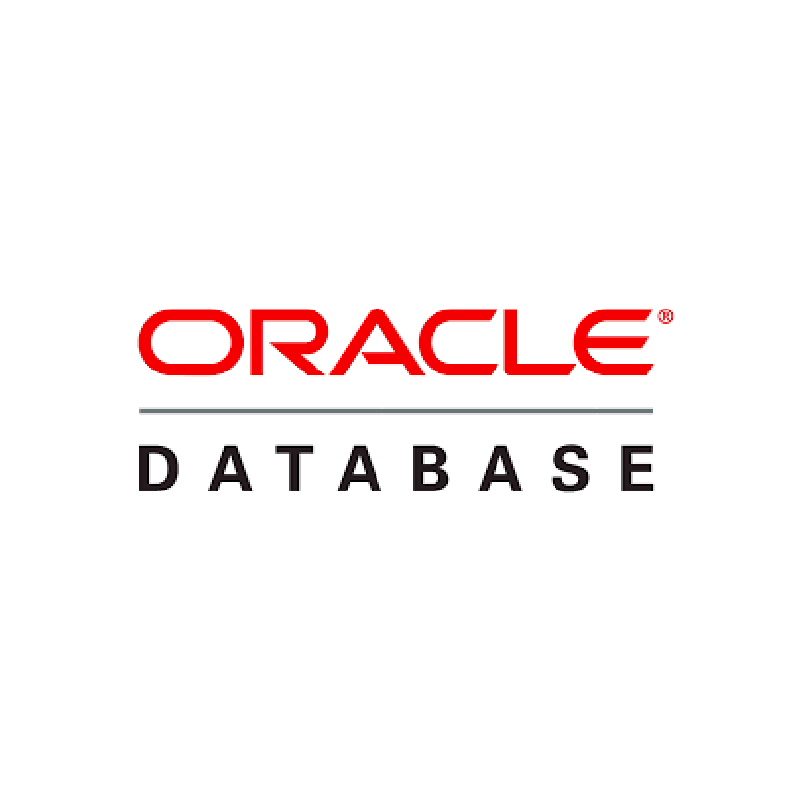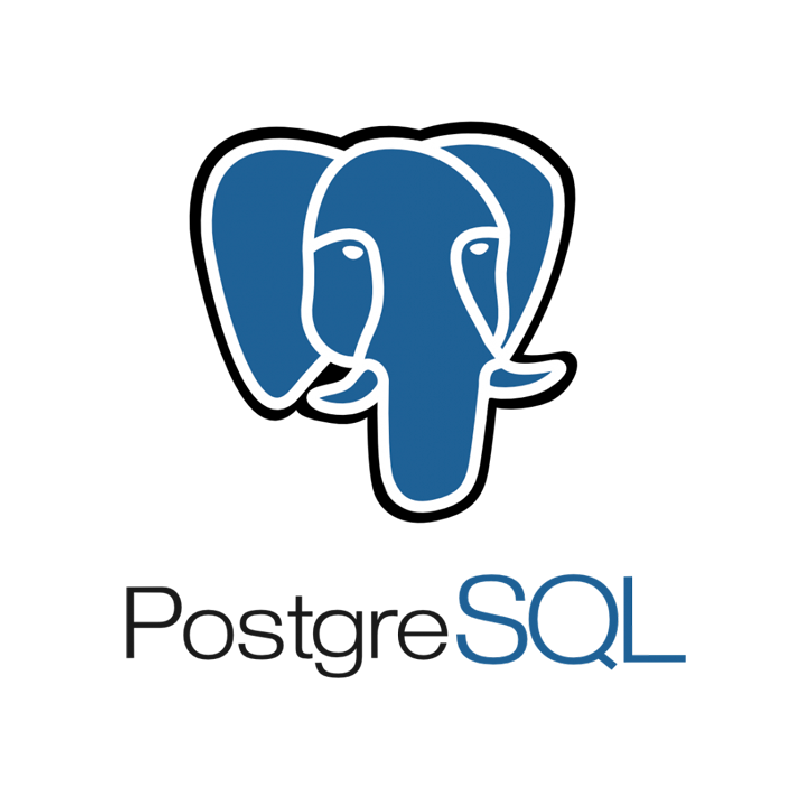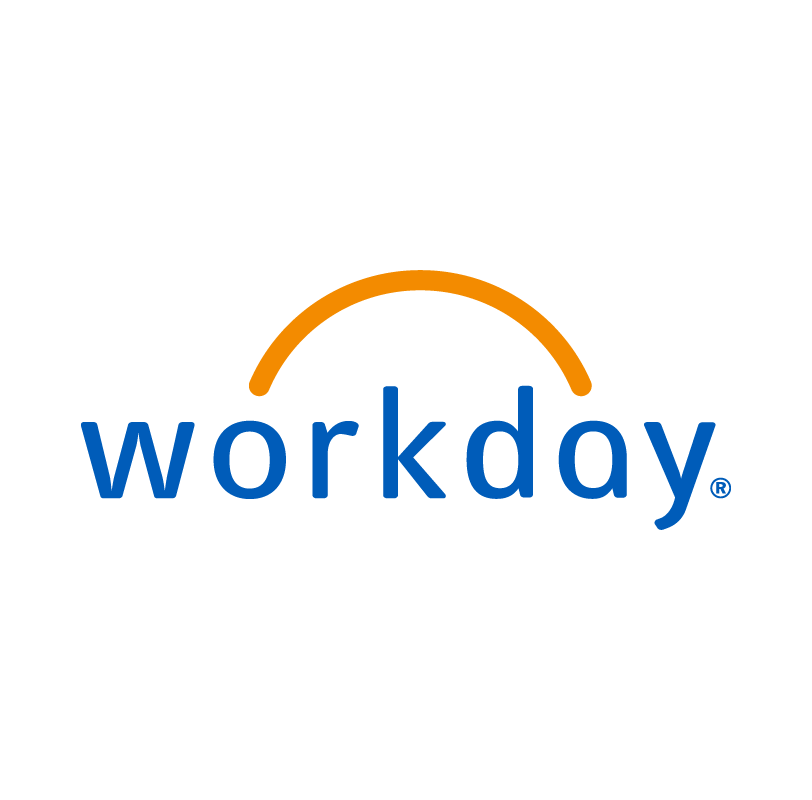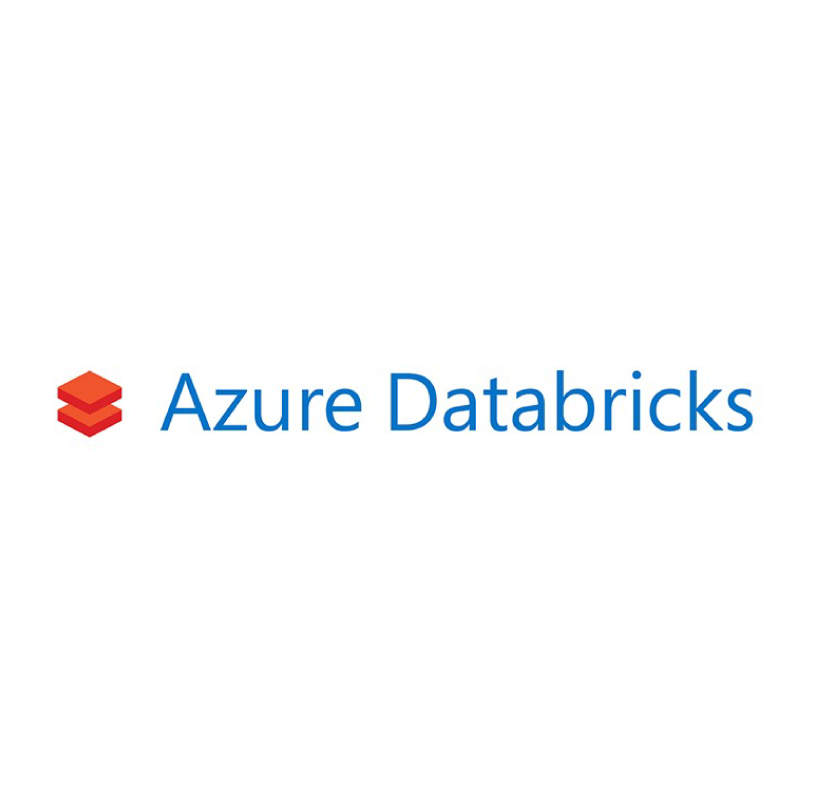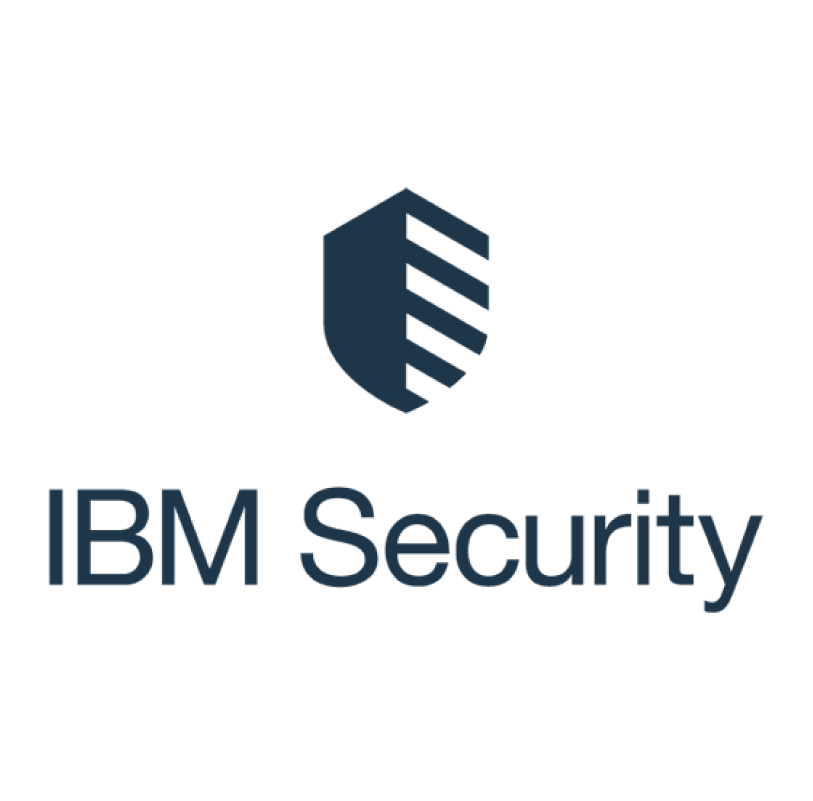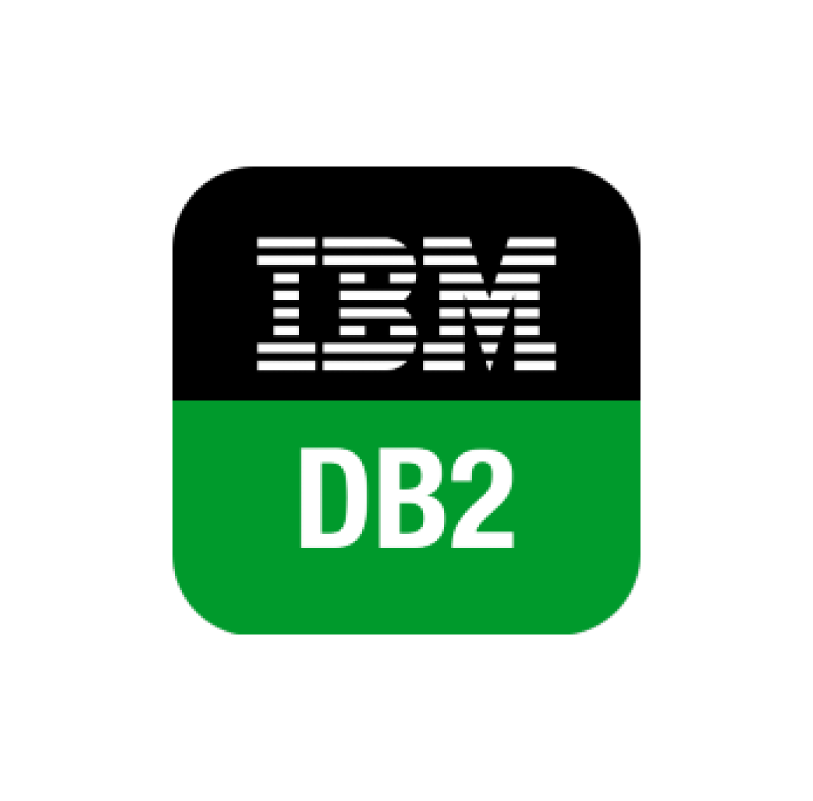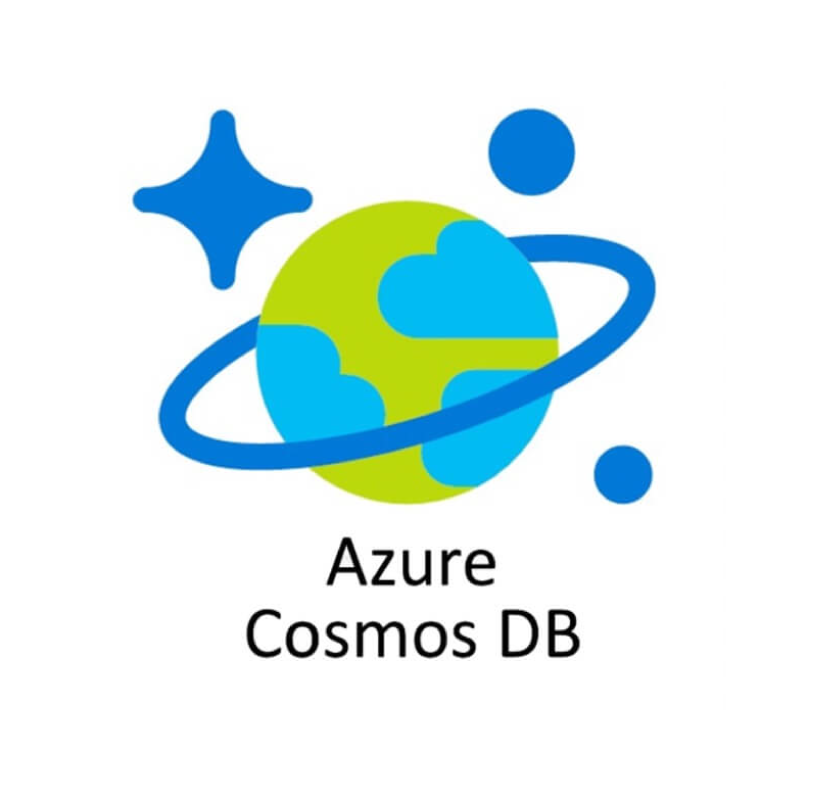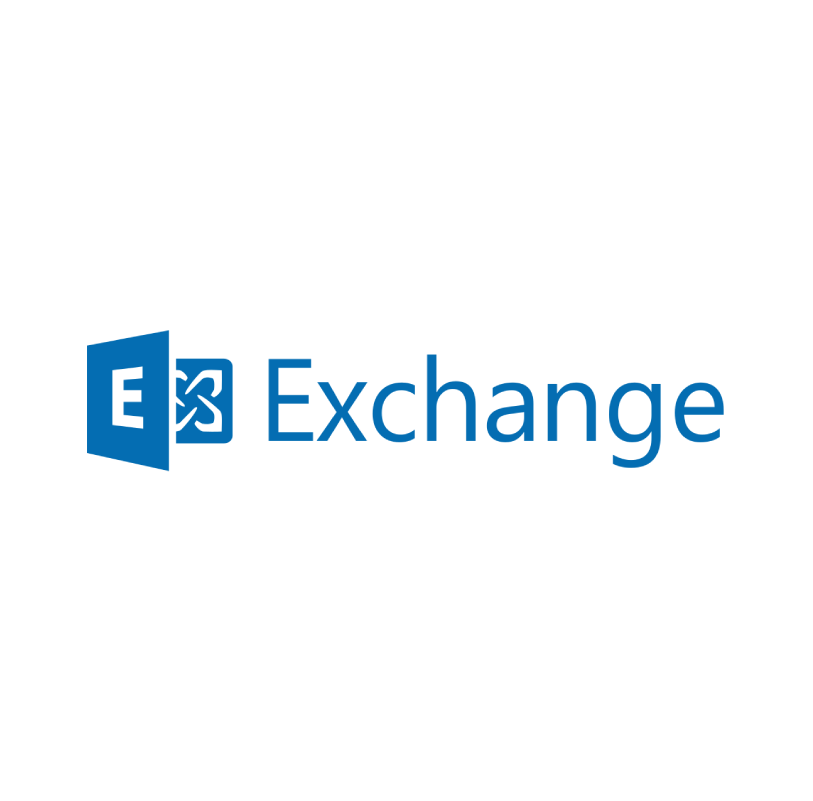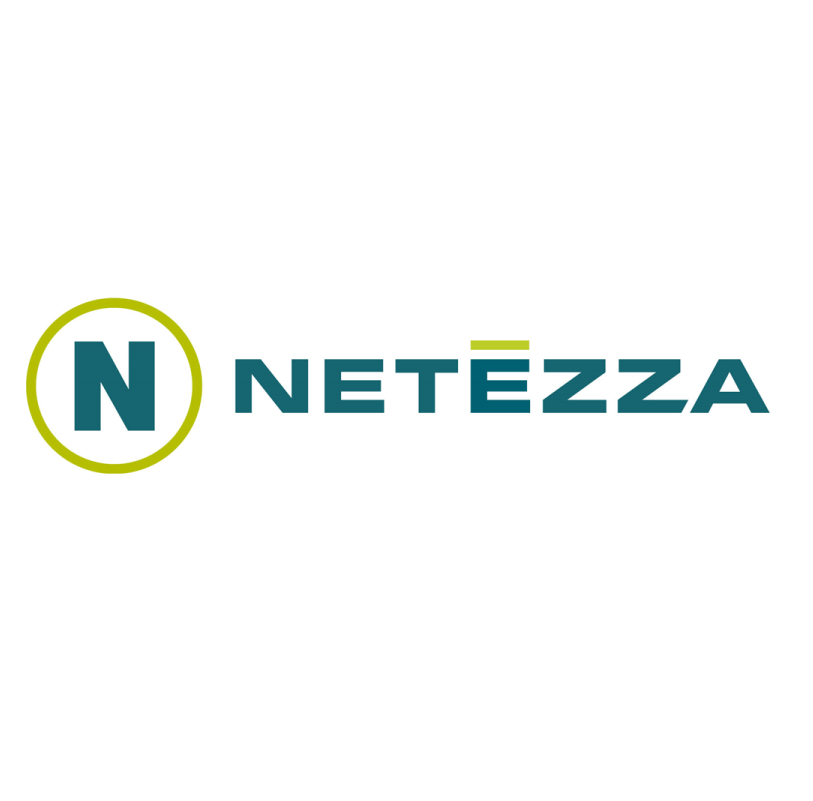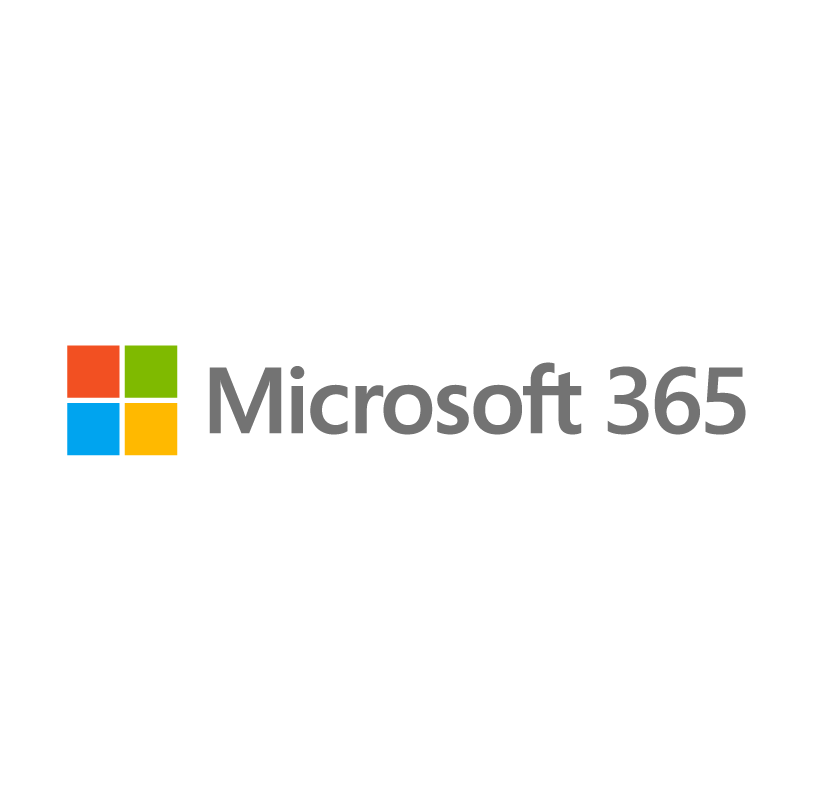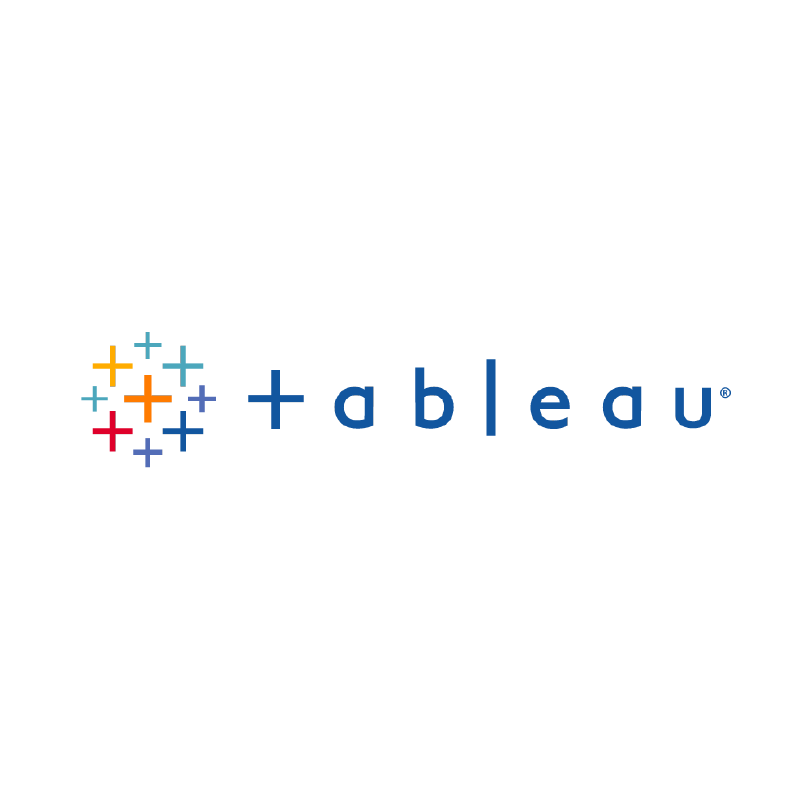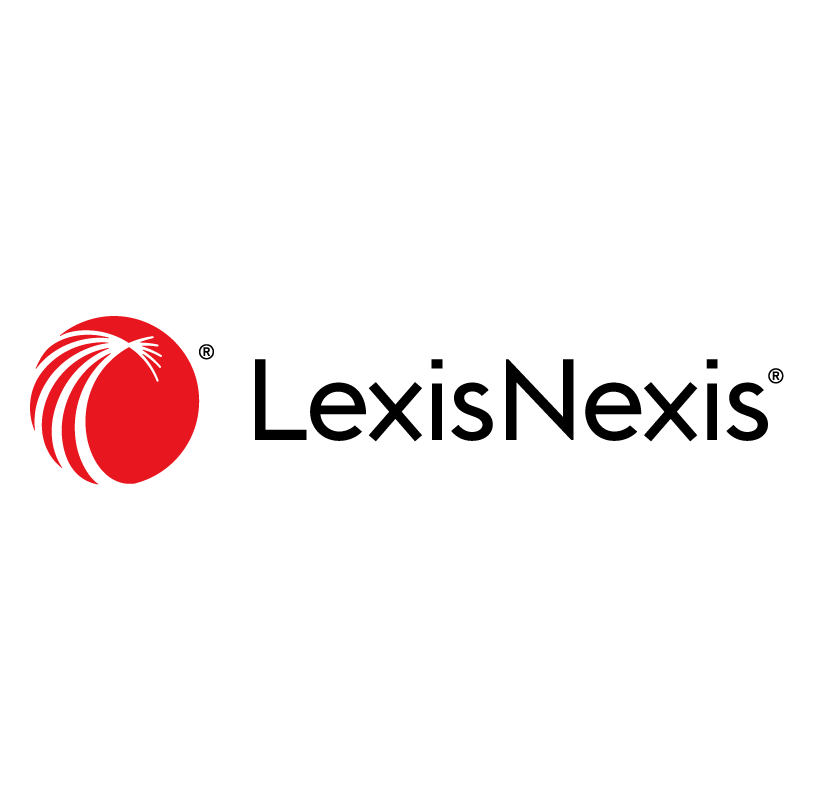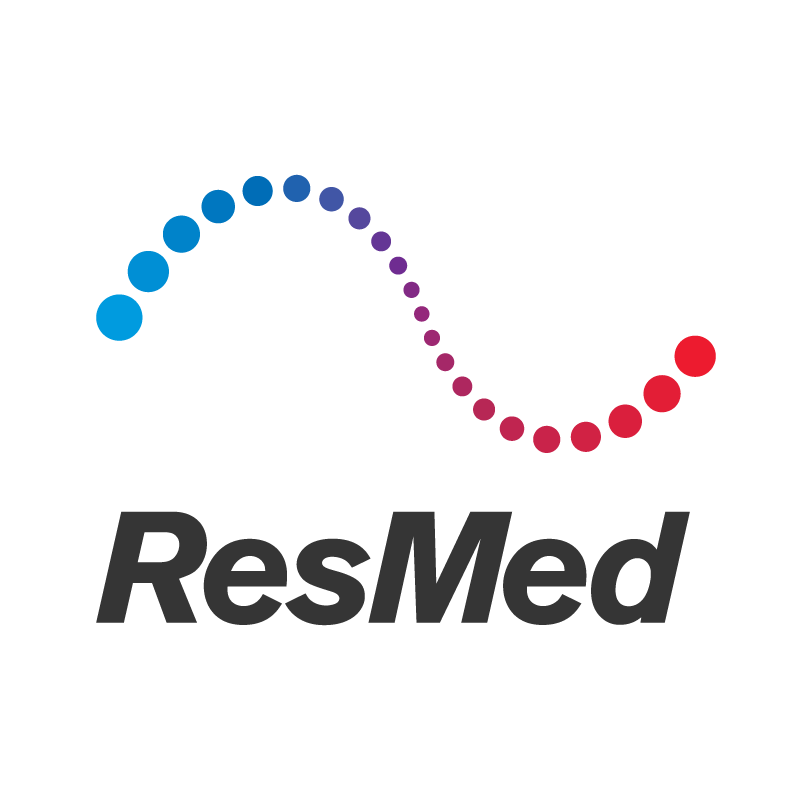Data localization is becoming increasingly important for data owners. A growing number of regulators are calling for tighter data localization requirements worldwide. And as we often see with privacy and data protection regulations, they vary widely by jurisdiction.
While governing bodies continue to issue new parameters, privacy teams need to keep a close eye on new and changing rules. Remaining agile is key. This means teams will need to adjust data storage and processing practices accordingly — which is no small feat considering the complexities involved with the process.
As a privacy professional, it’s essential to become educated about the intricacies of data localization. Doing so will help your organization continue future-proofing itself on the regulatory front. This is especially important for corporations operating multi-nationally and subject to a wide breadth of data privacy and cybersecurity laws.
Also, this area carries significant implications for operations, costs, and resources outside of privacy operations. Getting data localization right early and often isn’t just critical for compliance. It also carries increased economic significance from here on out, especially in terms of e-commerce.
Let’s explore what data localization is and why it needs to be a top priority for your organization’s privacy program.
What is data localization?
Data localization is the practice of storing and processing data in the same country where you originally collected it. Certain regulations require this, including the EU General Data Protection Regulation (GDPR), Brazil’s General Data Protection Law (LGPD), and several others (E.g. China, Russia, and India).
In essence, data localization identifies the exact geographic location(s) of where you can and cannot store and process personal data.
Data localization laws typically come bundled with other related rules, such as:
- Transfer criteria for specific data types
- Requirements for data storage (E.g. data security in data centers)
- Appropriate safeguards to protect regulated data types or sector-specific data
What is the difference between data localization and data residency?
Data residency means that regulated data like personal information stays within a specific region or country for processing.
You could say data residency represents the originating point of any given piece of data. In contrast, data localization is the practice of processing data within its borders of origin.
Data localization is a relatively simple operation if your organization operates on-premises servers for data processing. But this isn’t the case for most organizations that work with cloud computing service providers, data processors in third countries, or those who rely on the flow of data across borders.
Frequently, it isn’t easy to gain transparency into the locations where data processing happens. Depending on your cloud vendor, it feasibly can occur on servers across the world at any given time.
Why is data localization important?
Local regulators are introducing more data localization laws to protect data subject rights and freedoms, among other things.
If a nation’s data protection regimes permit personal data related to their citizens and residents to exit their borders, data controllers and data processors may not necessarily be able to fulfill their obligations.
As a result, you can expect to see significant numbers of data localization laws issued in the coming years.
Diving headfirst into server infrastructure might not be what many privacy professionals expected in their day-to-day work lives. But gaining this knowledge will be essential to privacy compliance in today’s world, especially for organizations processing data on a global scale and making cross-border data transfers.
To support these efforts, leading privacy teams need to keep precise records of types of data and data flows. This is known as a data map. Creating a data map isn’t only crucial for transparency’s sake; it may also be the law in a particular jurisdiction where you operate.
And if it isn’t the law today, it may be soon.
What are the benefits of data localization?
Compliance requirements shouldn’t be your only motivation backing your data localization measures. Your organization stands to gain several benefits from prioritizing such efforts. These include:
- Obtaining greater transparency into your data flows: As governing bodies continue tightening their requirements across the world, transparency is an emerging theme between them. Building transparency in your data flows today is highly likely to pay dividends to your privacy program in just a few years.
- Enabling sound decisions related to data processing architecture: You should be advising your organization on data localization requirements as they pertain to cloud computing operations. For example, it might not be wise to renew a ten-year contract if your cloud vendor can’t fulfill your data privacy roadmap a few years from today. Or, if your organization operates on-premises servers, your data localization initiatives will significantly influence how the business develops and allocates servers moving forward.
- Future-proofing for forthcoming regulations: All signs point to data localization increasing in importance. Providing a robust investment into your data localization efforts now, including your organization’s data map, will inevitably support your future needs for forthcoming privacy regulations.
Meet OneTrust DataGuidance: Your partner in data localization
Keeping up with data localization laws and policies isn’t a simple process. The rules vary from country to country. To take swift and precise action in support of compliance and business objectives, privacy teams need up-to-date, granular insights from across the world.
OneTrust DataGuidance provides everything a multinational organization needs to develop and maintain a modern data localization program. Our Data Residency map provides information on sector-specific residency requirements, including financial services, telecommunications, and healthcare data. We refresh these maps monthly to provide your organization with the latest, cutting-edge insights.
Your data localization efforts also need the backing of a centralized, automated data map. OneTrust Data Mapping Automation tracks where your data lives and documents cross-border data flows as they relate to today’s emerging requirements.
You can rely on OneTrust to remove the guesswork from the complexities of data localization. Find out how you can automate and future-proof your privacy program by requesting a demo today.








































